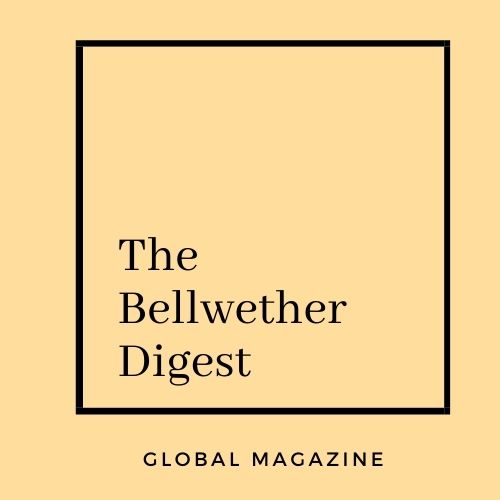When you shift from drinking Ricoffy to developing an appreciation for filter coffee or “real coffee” as the snobs would like to put it, one feels like they are moving up the social ladder. I remember my first time. I was sleeping at a friend’s house and woke up to what I assumed were the sounds of construction work being done in the kitchen. Lo and behold, my friend Janco was hovering over the little machine responsible for all that noise.
He had a massive grin on his face and enthusiastically asked me what my favorite coffee was. Now, I thought he was asking whether I was a Jacobs, Frisco, Nescafe of Douwe Egberts man. No no no. His question was even deeper. He was asking whether I wanted an Americano, Cappuccino, Flat White, or some other variation involving espresso, milk, and water. I was out of my depth with this one and it’s no surprise that that massive smile turned into a frown of disappointment when I told how much I loved the smell and taste of Ricoffy.
Apparently there’s more to this coffee thing
What followed that morning was a lecture on the history of coffee making and interesting facts on the growing, harvesting, and roasting of coffee beans. The brand I so loved was labeled bad on account of its impurity because it is mixed with an ingredient called Chicory which according to the people on the internet is added to give coffee more of a ‘roasted’ flavor, darker color, and that familiar bitterness. But instant coffee is not all the same.
The “snobs” do from time to time drink instant coffee, either in the office or when they cannot make a freshly brewed cup. In that instance, they prefer to drink higher-quality instant coffee such as Jacobs or Douwe Egberts. Yes, that expensive stuff that you sometimes don’t even bother yourself buying. These brands have a lower to no concentration of chicory added to the coffee extract that was brewed and dried at temperatures as low as -40 degree Celsius before it’s chopped up into the tiny granules that you scoop up into your cup.

So what is the difference?
I feel it is important, before going further, that you should not feel guilty for drinking Ricoffy or any other brand of free-dried instant coffee. The pastures are simply green on the other side, and not greener. Instead, I want to encourage you to explore other types of coffee in your pursuit of caffeine.
From my understanding, the coffee plant does well in certain regions and climates. In my home country, our coffee (and tea) mostly hails from the Chimanimani and Chipinge regions which are green for most of the year. Other famous destinations in Africa include Rwanda, Ethiopia, and Kenya. According to a local expert roaster in Bulawayo, the South American region of Honduras and Costa Rica are home to some of the finest coffee in the world. Once harvested, the cherries are processed by drying and extracting the coffee bean inside. Thereafter, the beans are exported and roasted before being chucked into a grinder and brewed for that perfect cup.
In my opinion, I prefer to brew my coffee. In fact, in my cupboard, they’re coffee grounds from Costa Rica. But my issue is that no matter how I brew these grounds, my coffee just doesn’t taste like that cappuccino I bought for $3 the other day. And maybe that’s where bad coffee is good. Because no matter how badly you stuff up the ratios, instant coffee has tasted the same for a very long time. But in my six years of “good coffee” journey, I have only managed to make a good cup about half a dozen times. And that is why I say that unless some guy named Brett is making you a silky smooth cappuccino from behind the counter, the grass is simply green, and not greener. Nonetheless, there is something relaxing about the whole process and I will continue tinkering with my plunger and coveting more complicated coffee equipment in my pursuit of caffeine.

How does one join the aristocracy ?
How does one join the coffee aristocracy? You would first need to invest in some brewing equipment. Depending on your technical ability, you can choose between a wide array of equipment including a French Press or plunger; a Chemex filter; an Aeropress, or a home coffee maker. Next up, you’ll need to buy the actual coffee. This you can do in two forms. You can either buy the roasted beans and grind them as and when you brew your cup of Joe. Or you can buy ground coffee.
The upside of grinding your beans is a better experience in taste, aroma, and freshness. The downside, for those entering the coffee high society, is that you will need to buy yet more coffee equipment in the form of a grinder. If this sounds too complicated, because it is, just know that all you need is basic brewing equipment (ideally a French Press) and some ground coffee beans to get you on your way.
Various Brewing Methods



Where do I get my coffee?
My friend, Brett, is a coffee roaster based in Bulawayo, Zimbabwe. He roasts for a specialty coffee company called Coffee Snobs. They focus primarily on high-quality coffee beans and top-notch roasting techniques. They currently sell their 13 different varieties and blends in Bulawayo, Harare, and Victoria Falls. If you’re not based in any of these three locations, kindly contact them and a plan can be made.






Visit their website http://coffeesnobsofafrica.com to find out more.
Contact +263777286749 on WhatsApp to order.
Follow them on Instagram here https://instagram.com/coffee_snobs_?igshid=ZGUzMzM3NWJiOQ==


